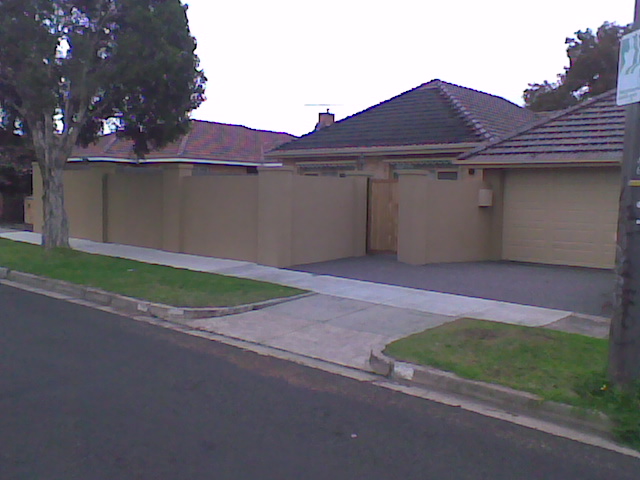As I walk many km’s along suburban streets every day I am surprised by how many tall front boundary fences I see.
So are they a good idea?…………………… Well here are my thoughts:
Security
Well a 1.8m fence could keep some people out. But how much of a challenge is a 6 foot fence to a fit, determined thief,?
Once they are over they can concentrate on breaking into your house without worrying about being seen by passers by.
Also these days most of the high value items in your house can easily be passed over a wall,……………. most will probably fit in a thief’s pockets.
Privacy
Yes they do make things more private but how often are you doing something in the front yard that needs privacy?
If you are ill, or as you age, you may miss the ability to watch what is happening in the street.
Shading
Can help to keep low sun from the west out of the house, but well spaced shrubs will do it as well.
Sound Barrier
If you live on a main road a brick fence will help keep the noise down, although double glazing will probably have a similar effect at lower cost, with heating and cooling benefits.
Kerbside Appeal
Estate agents are always going on about ‘kerbside appeal’ when selling houses.
How much kerbside appeal is there in a big featureless fence.
Finally
Although I have never had a front fence on any of my new houses I can see the benefit in stopping people walking on the garden and stopping dogs c___ing there.
I just think a fence of 6-900mm is generally enough for keeping dogs off.
If you have a tall fence why not tell me why you like it?
See Brick Fences for design recommendations.
